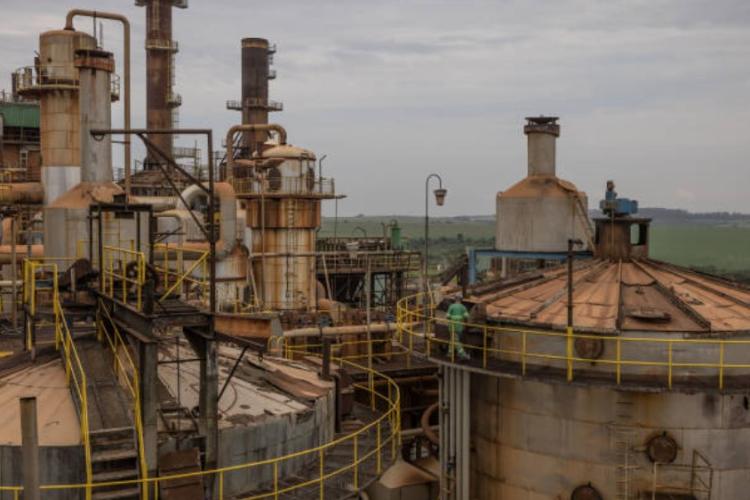Having achieved its ambitious target of 20% ethanol blending in petrol ahead of schedule in March 2025, India is preparing to raise the bar. A new target of 30% blending by 2030 is expected to be announced soon, reflecting the government’s growing confidence in domestic energy transition efforts. Originally scheduled for 2030, the 20% target was brought forward to the ethanol supply year 2024-25 (November 1 to October 31), and the country responded with commendable speed—reaching an average blending of 14.6% in the previous year and 12.06% in 2022-23.
This progress is significant for a country that imports around 90% of its energy needs. Ethanol blending has not only reduced India’s crude oil dependency but also delivered over Rs 1.2 trillion in foreign exchange savings over the last decade, substituting around 19.3 million metric tonnes of oil.
READ | Labelling reforms: Packaged food industry faces a moment of reckoning
Need for sustained momentum
Industry watchers attribute this success to meticulous government planning and efficient implementation by public sector oil marketing companies (OMCs) and distilleries. But there is a growing consensus that now is not the time for complacency. Brazil, for instance, has surged ahead with ethanol blending levels exceeding 30%, all without altering conventional vehicle technology. India must draw lessons from such global leaders and focus on maintaining the momentum.
Achieving higher blending targets will require significant capital investment and a comprehensive policy roadmap. A key step is the accelerated adoption of flexible fuel vehicles (FFVs), which can run on ethanol blends of up to 100%. These vehicles, when coupled with affordable conversion kits, could play a pivotal role in deepening India’s ethanol ecosystem.
Currently, ethanol is blended exclusively with petrol, but experts believe blending with diesel—though presently limited to 2–3%—represents the next frontier. Scaling this up will demand continuous investment and technological upgrades.
Pricing bottlenecks and policy challenges
Despite the progress, structural bottlenecks persist. The ethanol and sugar sectors remain heavily regulated. While input costs—especially for feedstocks like maize—have risen significantly, procurement prices offered by OMCs have largely remained static. Industry stakeholders are now demanding a transparent pricing mechanism that links production costs to selling prices, rather than complete deregulation.
Another concern is the delicate balance between food security and fuel security. India’s ethanol is largely derived from sugarcane—a water-intensive crop. The increasing diversion of sugarcane to ethanol production has put upward pressure on retail sugar prices and worsened groundwater stress in states like Maharashtra, Uttar Pradesh, and Karnataka. Given that these regions are already vulnerable to water shortages, the environmental cost of sugarcane-based ethanol cannot be ignored.
To mitigate this, the government is promoting maize-based ethanol production, which is both less water-intensive and more cost-effective. Nationally, achieving 20% ethanol blending requires nearly 165 lakh metric tonnes of food grains. While maize is widely used for ethanol production globally, India has lagged in this area. Most grain-based ethanol in the country comes from damaged food grains (DFG) such as broken rice or surplus rice procured by the Food Corporation of India (FCI).
Flex-fuel vehicles: The missing link
Yet, one of the biggest hurdles may not be in production or policy, but in vehicle adoption. While ethanol-compatible technology exists, demand for flexible fuel vehicles in India remains low. Automakers have shown limited interest in switching production lines to FFVs, and without policy nudges or incentives, the status quo is unlikely to change.
Consumer adoption is also hampered by poor infrastructure for ethanol distribution, limited public awareness, and the relatively high cost of FFVs. Without a stronger ecosystem to support these vehicles, India’s blending targets risk falling short of their intended impact.
India’s early achievement of its 20% blending target is a commendable milestone, but the journey to 30% by 2030 will require deeper systemic reforms. A forward-looking policy framework must integrate energy goals with environmental safeguards, promote technological adoption across sectors, and ensure the economics work for producers and consumers alike. Only then can ethanol blending become a sustainable pillar of India’s clean energy future—one that balances ambition with accountability.

